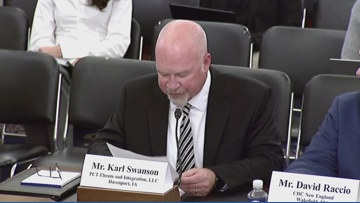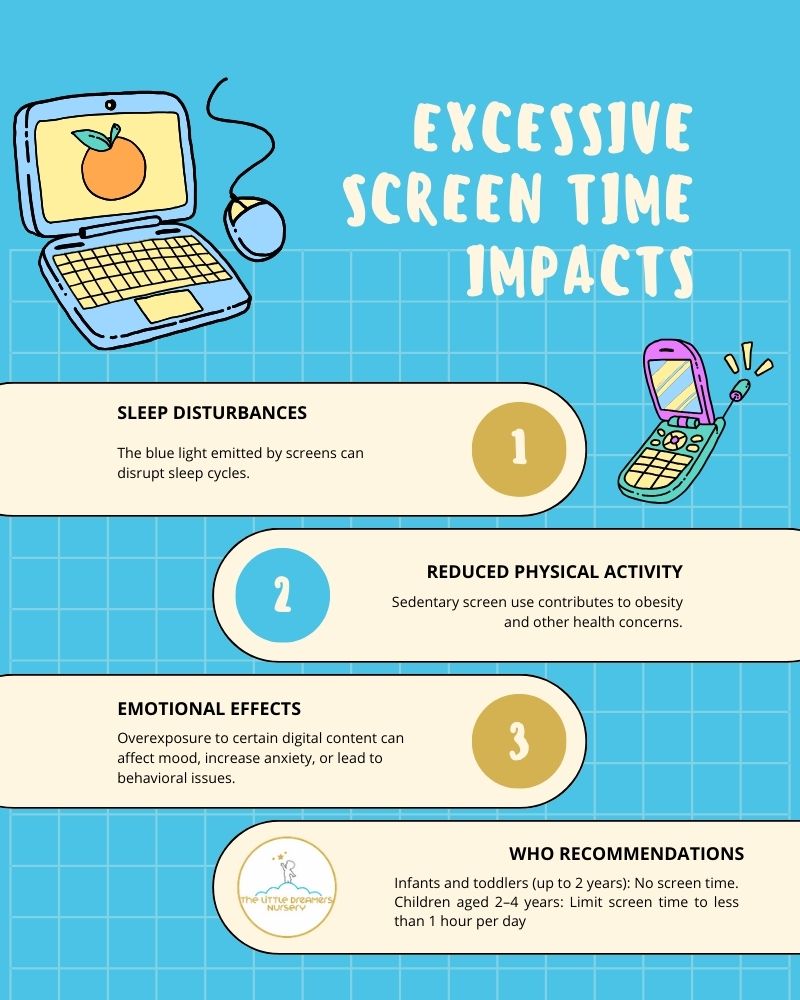A Report on STEM Education’s Role in Achieving the Sustainable Development Goals
An analysis of Science, Technology, Engineering, and Mathematics (STEM) education reveals its critical function as a catalyst for achieving the United Nations Sustainable Development Goals (SDGs). Global initiatives in STEM education are increasingly aligned with fostering a skilled workforce capable of addressing pressing global challenges, directly contributing to the 2030 Agenda for Sustainable Development.
Fostering Quality Education and Lifelong Learning (SDG 4)
STEM education is a cornerstone of SDG 4, which aims to ensure inclusive and equitable quality education and promote lifelong learning opportunities for all. As defined in a 2012 report, STEM education encompasses teaching and learning across science, technology, engineering, and mathematics. Its implementation is crucial for equipping learners with the skills needed for sustainable development.
- Scope of Delivery: Educational activities are provided across all grade levels, from pre-school to post-doctorate.
- Learning Environments: Instruction occurs in both formal settings, such as classrooms, and informal settings, like afterschool programs and community organizations.
To enhance learning outcomes and align with SDG 4 targets, educators employ several pedagogical approaches:
- Integrated Project-Based Learning: Activities that require the application of knowledge and skills in specific areas like engineering.
- Extracurricular Engagement: Team-based competitions, such as robotics or mock-engineering challenges, foster collaboration and problem-solving.
- Professional Exposure: Opportunities for students to engage with STEM professionals through internships or job-shadowing programs, bridging the gap between education and the workforce.
Promoting Equality and Reducing Disparities (SDG 5 & SDG 10)
A significant global focus of STEM policy is to broaden the participation of underrepresented groups, a key objective of SDG 5 (Gender Equality) and SDG 10 (Reduced Inequalities). Efforts worldwide aim to dismantle barriers and encourage the inclusion of women, girls, and minority groups in STEM studies and careers.
Despite these efforts, challenges persist. In the United States, for example, STEM job growth from 2000 to 2010 was three times that of non-STEM jobs, yet significant racial and gender gaps in the workforce remained. The lack of widespread, effective STEM experiences for many students continues to be a barrier to achieving true equality and inclusivity in these critical fields.
Driving Sustainable Economic Growth and Innovation (SDG 8 & SDG 9)
STEM education is a primary driver of SDG 8 (Decent Work and Economic Growth) and SDG 9 (Industry, Innovation, and Infrastructure). For decades, developed nations have prioritized STEM instruction to expand their scientific and engineering workforces, recognizing that these professionals are vital for economic competitiveness and innovation.
Workers in STEM occupations are universally acknowledged as critical assets who:
- Drive economic growth through technological and scientific advancements.
- Foster innovations that address global challenges, such as climate change (SDG 13), clean energy (SDG 7), and sustainable cities (SDG 11).
- Create additional jobs, stimulating broader economic development.
Global Partnerships and Definitional Frameworks (SDG 17)
The enhancement of STEM education is increasingly a collaborative international effort, reflecting the principles of SDG 17 (Partnerships for the Goals). Countries are creating STEM-specific educational pathways with vocational and academic tracks and sharing effective strategies across national borders to better prepare students to solve societal problems. International assessments like TIMSS and PISA are used to benchmark progress and foster shared learning.
A persistent challenge is the lack of a universally agreed-upon definition of a STEM occupation, which complicates statistical analysis and policy implementation. Different governmental bodies utilize varying criteria:
- U.S. Department of Commerce (DOC): Defines STEM occupations as those in computer and math, engineering, physical and life sciences, and STEM management, excluding education and social sciences.
- U.S. Bureau of Labor Statistics (BLS): Uses a broader framework that identifies 96 STEM occupations, including those in social sciences, architecture, and health-related fields.
Despite these definitional differences, a global consensus confirms that the STEM workforce is indispensable for fostering the innovation required to achieve the Sustainable Development Goals.
Analysis of SDGs in the Article
1. Which SDGs are addressed or connected to the issues highlighted in the article?
The article on STEM education addresses several Sustainable Development Goals by focusing on education, equality, economic growth, and innovation. The primary SDGs connected to the text are:
- SDG 4: Quality Education: The entire article is centered on STEM education, which is a critical component of quality education. It discusses teaching and learning from pre-school to post-doctorate, in both formal and informal settings, and the importance of improving instruction in science and mathematics.
- SDG 5: Gender Equality: The article explicitly mentions the global effort “to broaden the participation of underrepresented groups (e.g., women and girls) in STEM studies and careers” and notes that “gender gaps remained a problem,” directly linking the topic to the goal of achieving gender equality.
- SDG 8: Decent Work and Economic Growth: The text highlights the economic importance of STEM fields, stating that “workers in STEM occupations were critically important, as they drove economic growth and competitiveness.” It also points out that “the growth in STEM jobs in the United States was at three times the rate of growth in non-STEM jobs,” connecting education directly to employment and economic prosperity.
- SDG 9: Industry, Innovation, and Infrastructure: The article connects the STEM workforce to innovation, noting that they drive growth “through innovations that addressed global challenges.” The focus on science, technology, and engineering is fundamental to building a knowledge-based economy and fostering innovation.
- SDG 10: Reduced Inequalities: By addressing the need to bring “underrepresented groups into STEM fields and careers” and acknowledging that “racial and gender gaps remained a problem,” the article touches upon the broader goal of reducing inequalities within and among countries.
2. What specific targets under those SDGs can be identified based on the article’s content?
Based on the issues discussed, several specific SDG targets can be identified:
- Under SDG 4 (Quality Education):
- Target 4.4: “By 2030, substantially increase the number of youth and adults who have relevant skills, including technical and vocational skills, for employment, decent jobs and entrepreneurship.” The article’s core theme is preparing students with STEM skills for the workforce, mentioning “technical, vocational, or academic tracks of study.”
- Target 4.5: “By 2030, eliminate gender disparities in education and ensure equal access to all levels of education and vocational training for the vulnerable…” This is directly supported by the article’s mention of efforts to “broaden the participation of underrepresented groups (e.g., women and girls) in STEM studies.”
- Under SDG 5 (Gender Equality):
- Target 5.5: “Ensure women’s full and effective participation and equal opportunities for leadership at all levels of decision-making in political, economic and public life.” The push to increase the number of women in STEM careers is a direct effort to improve their participation in the economic sphere.
- Under SDG 8 (Decent Work and Economic Growth):
- Target 8.2: “Achieve higher levels of economic productivity through diversification, technological upgrading and innovation…” The article supports this by stating that STEM workers drive economic growth through “innovations.”
- Target 8.6: “By 2020, substantially reduce the proportion of youth not in employment, education or training.” The focus on creating “STEM-specific educational pathways” and providing students with career opportunities addresses this target.
- Under SDG 9 (Industry, Innovation, and Infrastructure):
- Target 9.5: “Enhance scientific research, upgrade the technological capabilities of industrial sectors… encouraging innovation and substantially increasing the number of research and development workers…” The article’s goal of expanding the “workforces of scientists and engineers” directly contributes to this target.
- Under SDG 10 (Reduced Inequalities):
- Target 10.2: “By 2030, empower and promote the social, economic and political inclusion of all, irrespective of… sex, race, ethnicity…” This is reflected in the article’s concern over “racial and gender gaps” and the need for programs to bring “underrepresented groups into STEM fields.”
3. Are there any indicators mentioned or implied in the article that can be used to measure progress towards the identified targets?
The article mentions or implies several indicators for measuring progress:
- International Student Assessments: The article explicitly names “international comparisons (TIMSS and PISA) of student knowledge and skills.” These are direct indicators used to measure student proficiency in science and mathematics, relevant to Target 4.4.
- Participation Rates of Underrepresented Groups: The text refers to efforts to “broaden the participation of underrepresented groups (e.g., women and girls) in STEM studies and careers.” This implies measuring the proportion of women, girls, and various racial groups in STEM education programs and professions, which serves as an indicator for Targets 4.5, 5.5, and 10.2.
- Job Growth Rate in STEM vs. Non-STEM Fields: The article provides a specific statistic: “the growth in STEM jobs in the United States was at three times the rate of growth in non-STEM jobs.” This comparative growth rate is a clear indicator of economic trends and the demand for a skilled workforce, relevant to Target 8.2.
- Number of STEM Workers: The goal of expanding “existing workforces of scientists and engineers” and the struggle to find “qualified STEM workers” implies that the number of people employed in STEM occupations is a key metric. This is an indicator for Target 9.5.
4. Summary Table of SDGs, Targets, and Indicators
| SDGs | Targets | Indicators Identified in the Article |
|---|---|---|
| SDG 4: Quality Education | 4.4: Increase the number of youth and adults with relevant skills for employment. 4.5: Eliminate gender disparities in education. |
Results from international comparisons of student knowledge and skills (e.g., TIMSS and PISA); Participation rates in technical and vocational tracks. |
| SDG 5: Gender Equality | 5.5: Ensure women’s full participation and equal opportunities in economic life. | Proportion of women and girls participating in STEM studies and careers. |
| SDG 8: Decent Work and Economic Growth | 8.2: Achieve higher levels of economic productivity through innovation. 8.6: Reduce the proportion of youth not in employment, education or training. |
The rate of growth in STEM jobs compared to non-STEM jobs; Number of students in STEM career pathways. |
| SDG 9: Industry, Innovation, and Infrastructure | 9.5: Enhance scientific research and increase the number of R&D workers. | Size of the workforce of scientists and engineers; Number of qualified STEM workers. |
| SDG 10: Reduced Inequalities | 10.2: Empower and promote the social and economic inclusion of all. | Data on “racial and gender gaps” in STEM fields; Participation rates of “underrepresented groups” in STEM. |
Source: britannica.com







